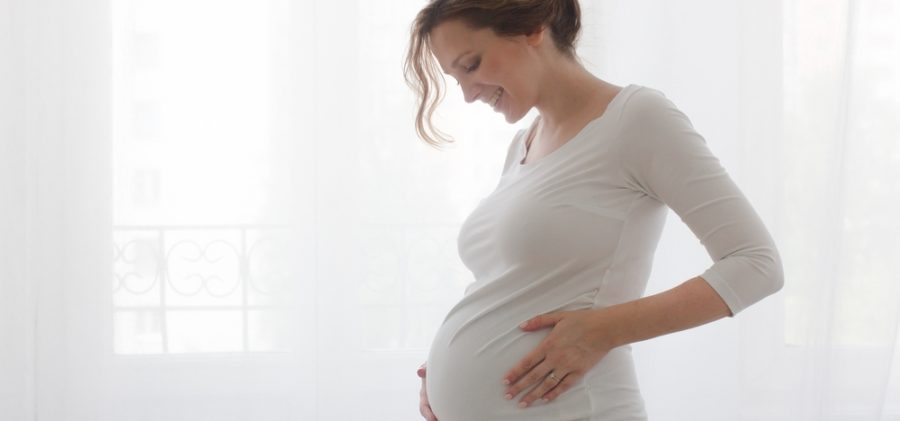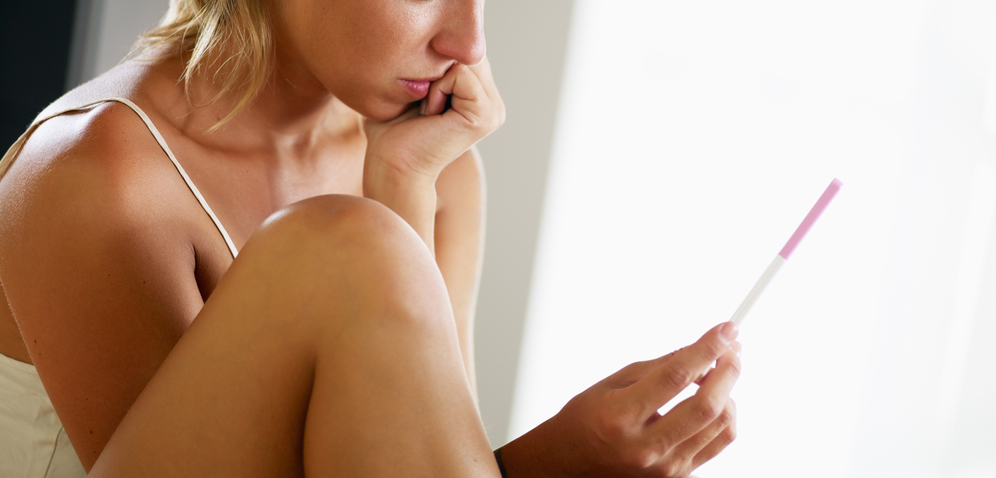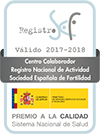Egg donation: selection of the donor
In order to select an egg donor a series of criteria are taken into consideration to achieve a physical and immunologic synchronization with the recipient woman. In IVF with egg donation, different psychological studies and clinical examinations are carried out before becoming a donor. Subsequently, the synchronization between the recipient and the donor is obtained by trying to match the phenotypic similarity (race, size, eyes and hair color, etc.) as well as the blood group type and Rh factor. The Spanish legislation establishes the donor’s anonymity except in cases where the child’s health is at risk, the recipient can only receive information about the donor such as blood group and rh.
Ovarian stimulation and follicular puncture of the donor
The purpose of the ovarian stimulation is obtaining a great number of oocytes in one cycle; in this way there are higher chances to achieve the pregnancy. In order to monitor the maturation of the oocytes, ultrasound controls are performed during the entire process. When the follicles reach the required size, donor’s oocytes are retrieved via the follicular puncture. The surgical intervention is carried out under anesthesia and it lasts 20 minutes approximately.
Preparation of the recipient’s endometrium
By administering a hormone therapy starting from the first day of the menstruation, the endometrium of the recipient is prepared. The endometrium is the inner lining of the uterus where the embryo is implanted. During the procedure, ultrasounds verifications are performed to assess if the endometrium has reached the ideal status for the embryo implantation.
In Vitro Fertilization
The fertilization of the oocytes with sperm (obtained from partner’s or donor’s sample) takes place in a lab dish where the Intracytoplasmic sperm injection (ICSI) is applied. This technique consists of injecting a single sperm which was previously selected by the embryologists into one egg.
Embryo culture
After fertilizing the gametes, the embryos development is kept under supervision in the laboratory. The culture lasts from 2 to 6 days depending on each case.
Transfer of embryos
In this last phase the embryos are transferred to the recipient’s uterus with a cannula which is placed via the uterine cavity. According to the Spanish legislation maximum three embryos can be transferred in order to avoid multiple pregnancies.
Pregnancy test
Approximately two weeks after the embryo transfer, the recipient will have a blood test to check the HCG hormone level in order to find out if there is a positive or negative result.








